By GEMMA CREAGH
By GEMMA CREAGH
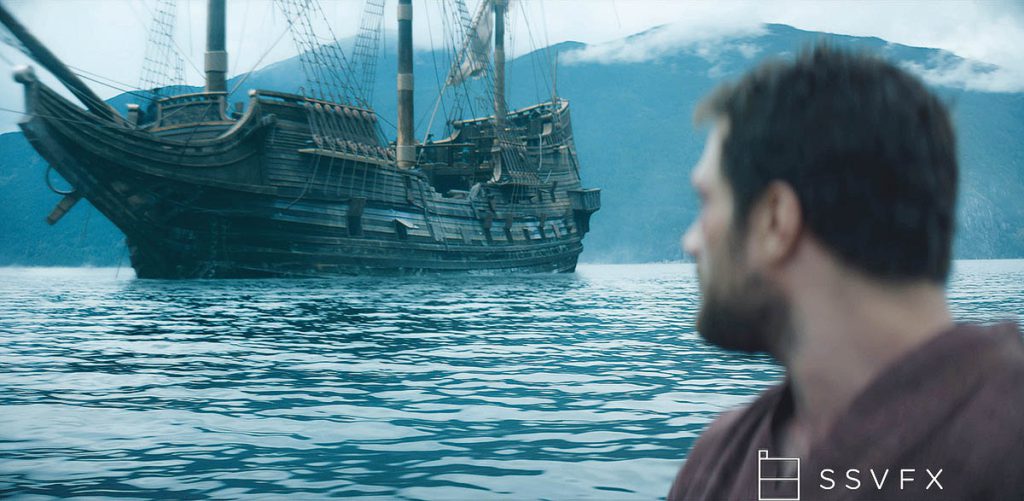
When FX and Hulu’s Shōgun won Outstanding Visual Effects at the 76th Emmy Awards, Irish eyes were certainly smiling. That’s because the production credits of this American drama, set in 16th-century Japan, include such notable names as VFX Producer Nicolas Murphy and VFX Head of Production Kenneth Coyne, and one of the key teams responsible for building the show’s vast world is Screen Scene VFX (SSVFX), an award-winning post and VFX company based in Dublin. With credits like Spider-Man: No Way Home, 3 Body Problem, Lessons in Chemistry, Game of Thrones, WandaVision and Black Widow, SSVFX is the largest and one of several Irish companies that sculpt digital realities for international IP.
“The journey for us on Shōgun was incredible,” comments Jake Walshe, CEO of SSVFX and the Screen Scene Post Production Group. “FX and Disney had a strong vision for the show; they wanted it to be historically accurate and visually stunning. To achieve the level of detail required, they gave us 16 months to complete the show. We had 150 people building Osaka.” Walshe celebrated three wins at the 23rd Annual VES Awards for their work on HBO’s The Penguin with Colin Farrell and Shōgun.
Walshe is also the Chairman of VFX Ireland, a trade association that represents several leading studios. These have all been busy of late, as the field has grown 326% in the past five years and now employs over 300 people. As a tourist destination, Ireland might promise rolling hills, friendly locals and pints of creamy Guinness, but, in terms of screen production, it’s the tax incentives, skilled creatives and government support that have seen this sector flourish.

A HISTORY OF VFX
Long before Trinity College Dublin was the backdrop for Paul Mescal’s heartache in Normal People, it was the birthplace of Havok. In 1998, in the computer science department, Hugh Reynolds and Steven Collins founded the engine that would go on to power chaos in video games worldwide. Animation has also played a major role in Ireland’s screen legacy. Hand-drawn classics like All Dogs Go to Heaven and The Land Before Time paved the way for Oscar-winning and nominated studios like Brown Bag Films and Cartoon Saloon. In turn, they inspired Giant, Lighthouse, Piranha Bar, Moetion, Kavaleer, and now there’s a slew of young talent coming up behind them. From Doc McStuffins to Get Rolling with Otis to Transformers, a surprising number of beloved kids’ characters are rendered on computers across the Emerald Isle.
Over the past two decades, there has been a rapid evolution in the landscape of VFX. Oscar-nominated director Ruairi Robinson’s ambitious VFX-laden shorts earned exciting opportunities in Hollywood. Irish/Canadian Matthew Talbot-Kelly, a VFX supervisor for Windmill Lane, brought over an episode of Stargate Atlantis in the early 2000s. Sci-fi feature Lockout, co-written by Luc Besson, was helmed by Irish directors James Mather and Steve Saint Leger; for this project, Windmill Lane opened a facility in Sandyford Business District that housed approximately 50 artists, many of whom upskilled on the job. However, Game of Thrones was the biggest catalyst for change that the Irish industry has ever seen. With filming taking place in Northern Ireland, Producer Mark Huffam, CBE, made the strategic decision to also bring Season 1’s post-production, sound and picture to Screen Scene. That way, he could utilize the tax credits on either side of the border. Game of Thrones’ VFX followed shortly after and this ultimately led to the inception of SSVFX, which hired over 20 artists to build the iconic digital realm of Westeros. Between 2010 and 2019, the war for the Iron Throne injected an estimated £251 million into Northern Ireland’s economy. The entire island’s industry was impacted; Irish creatives were upskilled, and the next generation of crew were ready to muck in.
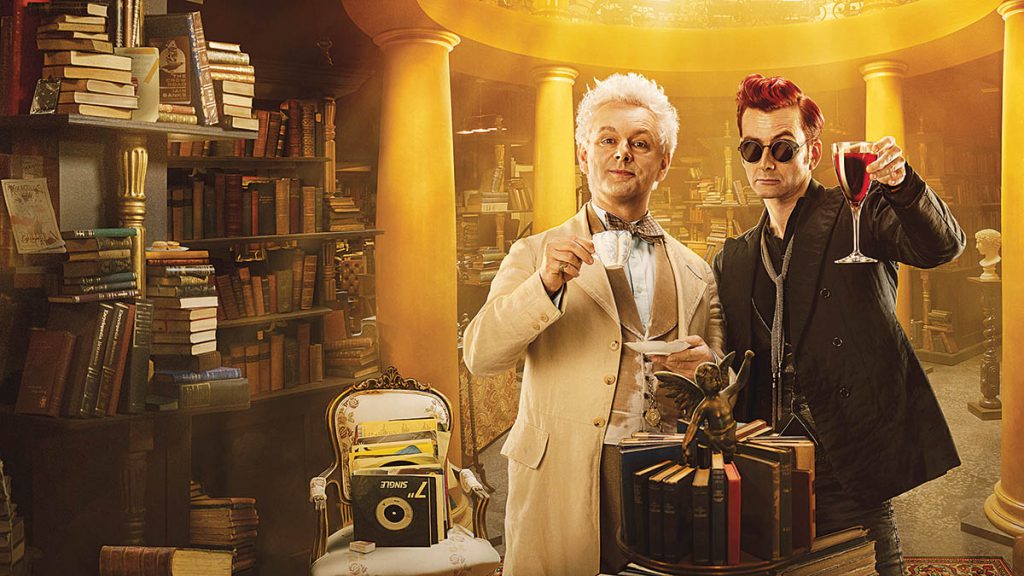
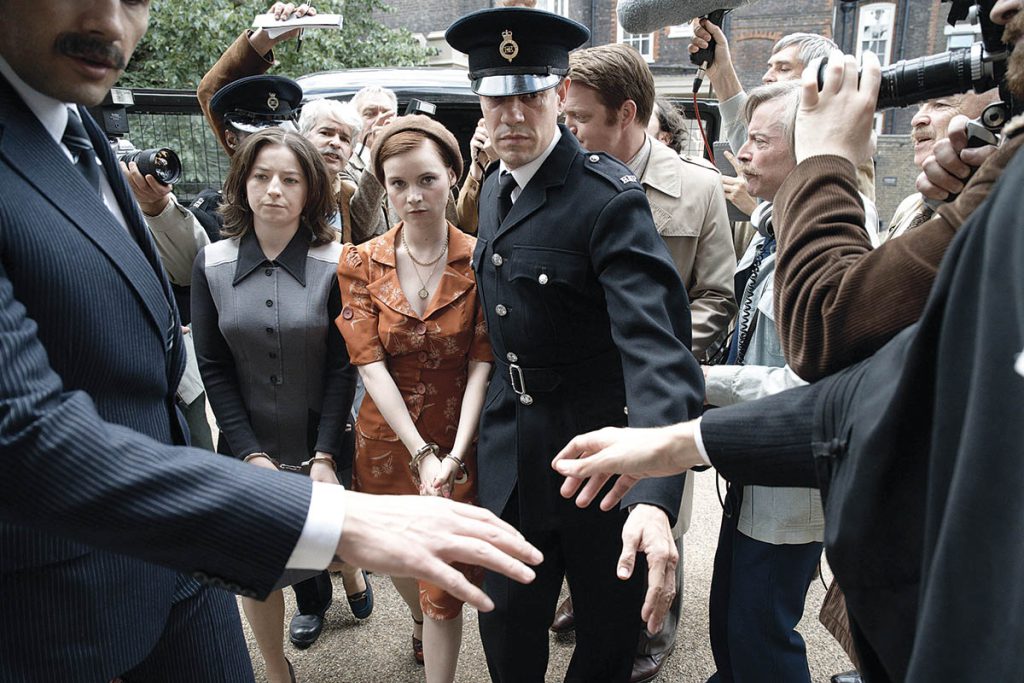
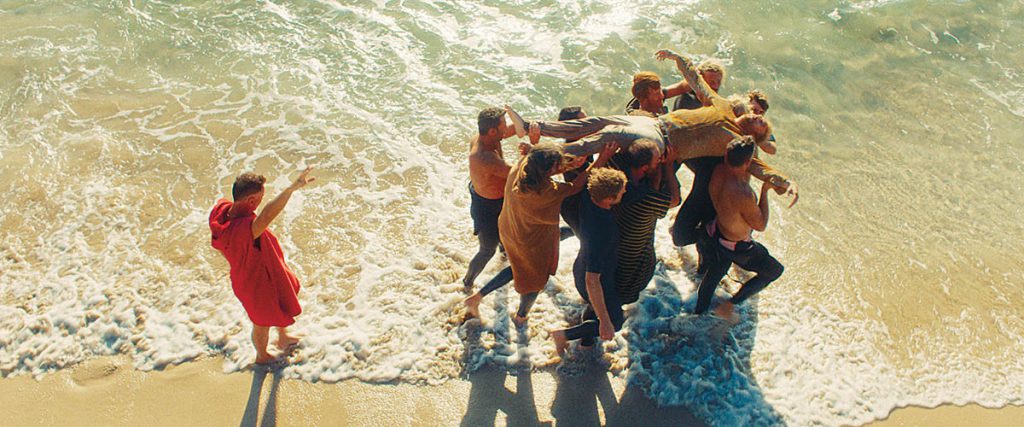
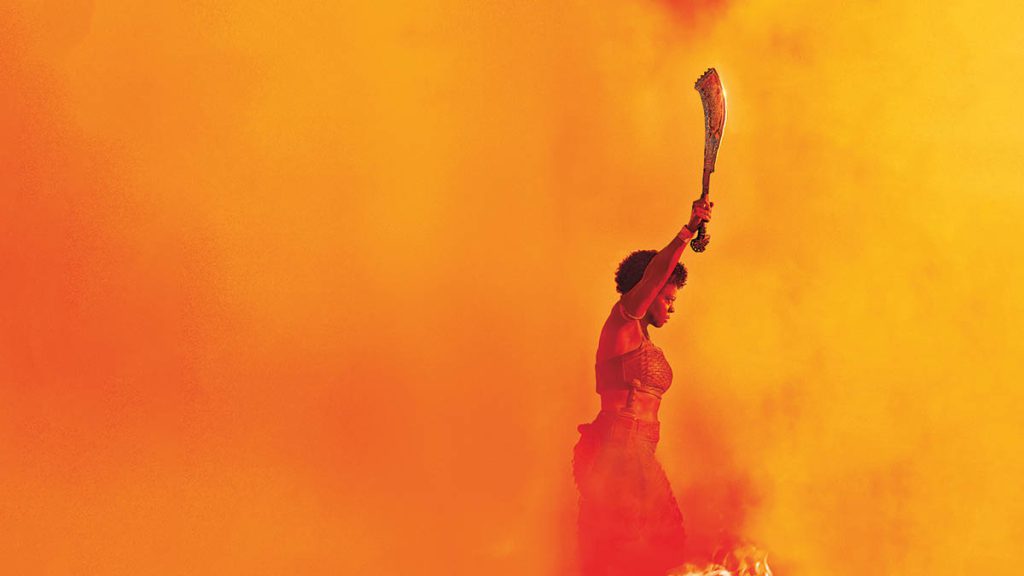
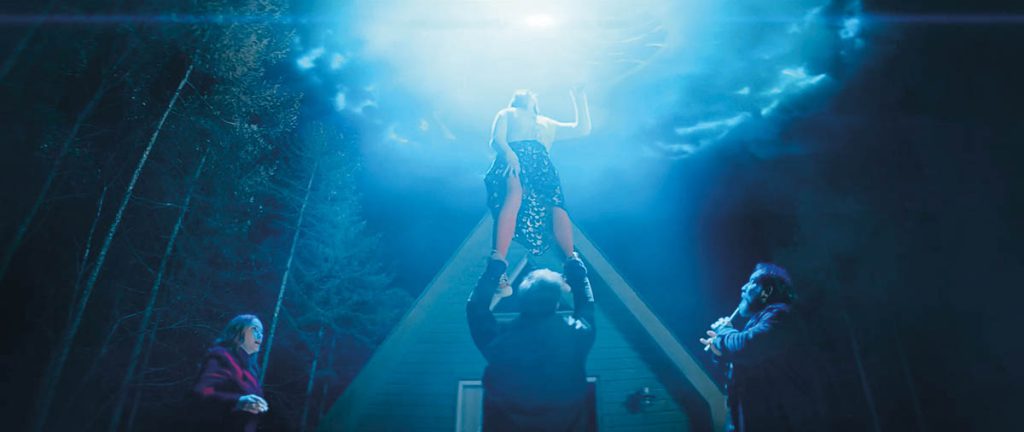
Drew Banerjee, Managing Director of EGG VFX and Post Production, enjoyed the uptick when they landed the contract to work on Sky’s epic series Sinbad in 2011. EGG VFX went on to work on The Woman King, Good Omens and Doctor Who, and found themselves a good fit for these kinds of projects. “We’re very reactive, we’re very human. So, if there’s a problem, you can ring me. That’s how we win, and this is something to be said about the Irish in a wider context. The way we do business, negotiate and navigate creative choices works well for Americans – and creatives from other territories. The Irish are open. We’re used to talking things through and building relationships.”
The Irish VFX sector has faced setbacks. The post-COVID production slowdown, followed by the U.S. writers’ and actors’ strikes, took its toll. This led to layoffs, with many houses forced to diversify. Last January, Windmill Lane Pictures closed its doors after 27 years in business. However, 2025 has delivered a welcome resurgence.
As a result, Elephant Goldfish recently entered the market in partnership with Molinare. “Studios and post-production companies that want to stay relevant will need to embrace new tools, new workflows and a new mindset,” notes Managing Director/ EP Deborah Doherty, whose credits include projects for Netflix, Disney+, Sky and BBC. “The ability to think creatively about both production and business models and respond quickly to ever-changing demands is critical to survival and growth in this next phase of the industry, which currently feels busier than ever. I’m so proud to see Elephant Goldfish come to life after what felt like an unachievable idea a few months ago.”
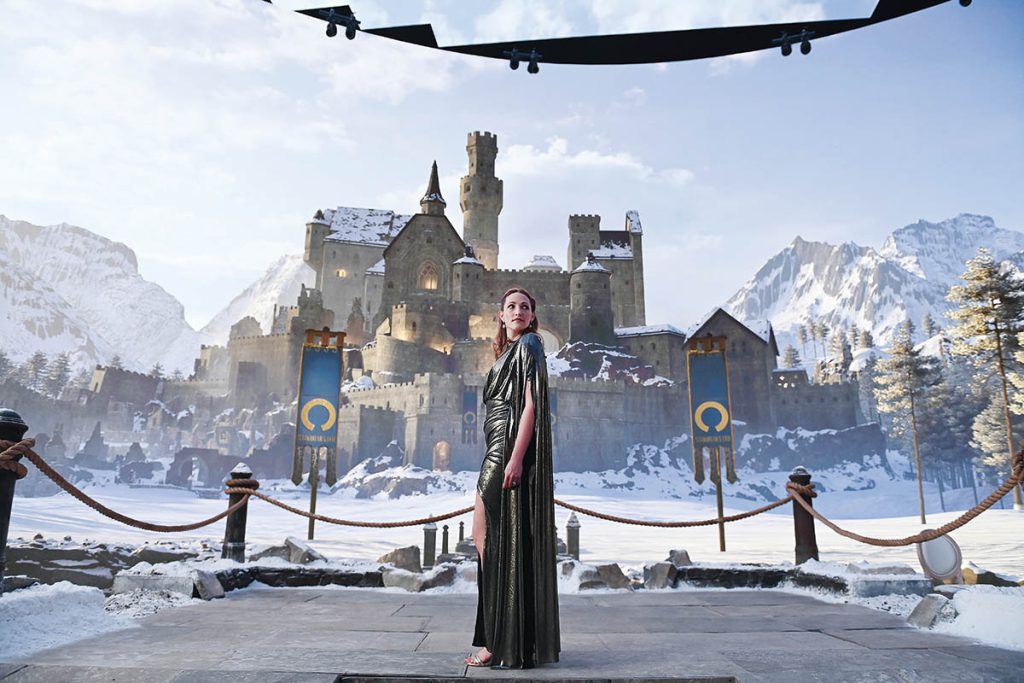
STATE OF THE NATION
For those unfamiliar with local politics, the island of Ireland is divided into two jurisdictions. The Republic of Ireland is made up of the 26 counties known colloquially as the “South” – while the six counties in the north remain part of the U.K. For anyone uninformed but curious, this complex history is dramatically depicted in FX’s Say Nothing. For those with an interest in making content there, this means dealing with two sets of tax incentives and two separate systems.
In the Republic of Ireland, the Section 481 tax rebate allows for up to 32% back on eligible expenditure for film or TV production (with a cap on 80% of the total global budget). Recently, this scheme has been expanded to include factual content, and just last month, Screen Ireland announced an enhanced version for mid-to-low budget feature films. Scéál is an 8% uplift to the existing 32% incentive and is available for feature films with a budget of less than €20m. This region is the only English-speaking country in the EU offering potential access to Eurimages or Creative Europe MEDIA funds for co-pros. Depending on the county where post is taking place, there is also potential support from the WRAP fund and in-kind assistance available from local county councils.
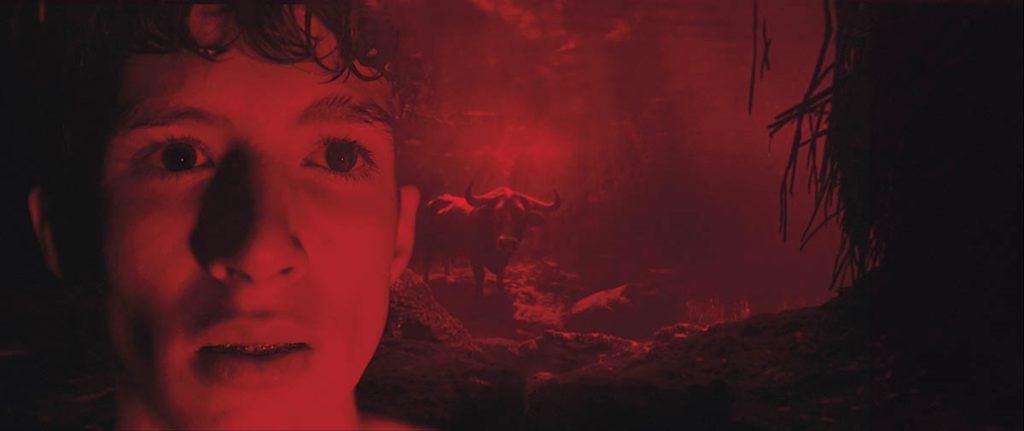

“Now I can see there’s a huge opportunity, and it’s driven by the streamers. Shows like Game of Thrones or Bodkin come to shoot here, then stay to do their post. There’s a growing talent pool. The rebate is getting higher and higher. Even Ireland, as a geographic location, has a lot of advantages – it’s close to America, close to Europe, and it’s English-speaking. There’s a lot going talent pool. The rebate is getting higher and higher. Even Ireland, as a geographic location, has a lot of advantages – it’s close to America, close to Europe, and it’s English-speaking. There’s a lot going for it.”
—Jeannette Manifold, Head of Studio, Crafty Apes Australia

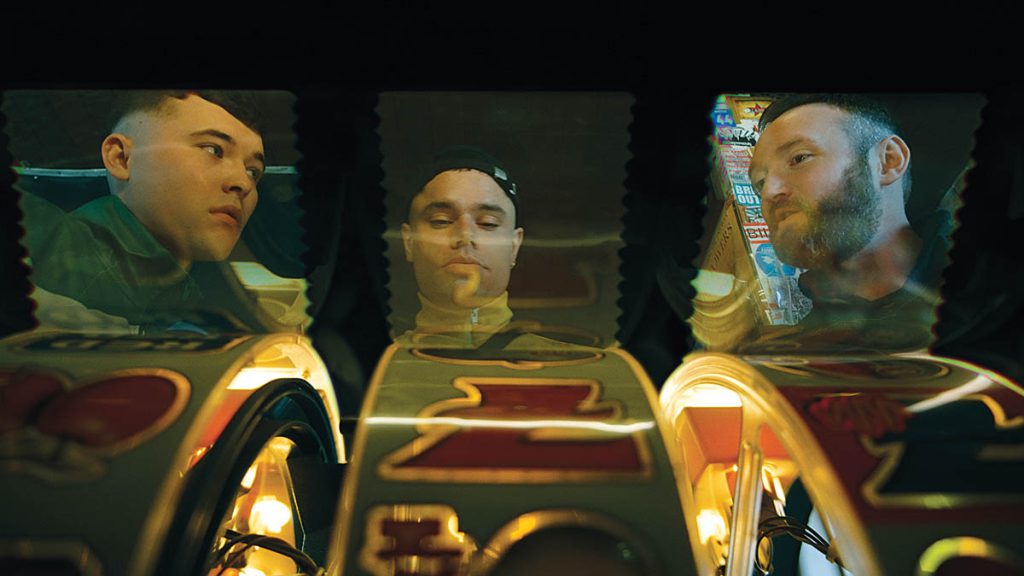
A TALE OF TWO TERRITORIES
On a scenic drive through the Irish landscape, you could cross the border multiple times and never realize it. Many freelancers happily work with clients in both territories, using both currencies. For financiers, there are some major differences. Since Brexit, Northern Ireland is no longer part of the EU. The U.K.’s VFX tax rebate, introduced under the new Audio-Visual Expenditure Credit scheme, offers a 39% tax credit on qualifying U.K.-based VFX costs, an enhancement over the standard 34% AVEC rate. This applies to film, high-end TV, animation and children’s content, provided they pass the BFI cultural test or qualify as official co-productions and spend at least 10% of their budget in the U.K. Eligible VFX includes CGI, compositing, digital environments and motion capture.
In Northern Ireland, established companies like Yellow Moon (Line of Duty, Vanity Fair) and JAM Media (Jessy and Nessy, Nova Jones) work on projects of both a large and local scale. Meanwhile, the Pixel Mill offers a dedicated space where emerging talent can hone their craft and connect. The recent launch of Studio Ulster marks a significant advancement in infrastructure. This state-of-the-art virtual production facility is funded by a £72 million investment from the Belfast Region City Deal. Among the first to shoot on VP1 (the biggest stage) was Enter Yes™, who filmed a proof of concept for their feature, Wolfking and I. This IFTA-winning, BAFTA-nominated company was founded by the husband-and-wife team of Vicki Rock and Kris Kelly, specializing in high-end visuals for film, TV and games. Kelly notes, “We’re always looking for new and innovative ways of approaching subjects. We invest ourselves in subject matter that’s sensitive and worth telling. Using interesting visual approaches and mediums, there is a real cross-pollination between the service we provide for people like Netflix, Hollywood Features or the BBC. We also utilize those skills in our own productions; Bulls in Water is our latest production with Northern Ireland Screen, and has a lot of visual imagery that we’re proud of. That is a result of years of understanding the form and being at the forefront of incorporating visual art with visual effects. We spend both time and resources exploring stories that go beyond the boundaries of this island.”
GLOBAL ILLUMINATION
While other parts of the world may be more financially competitive, Ireland’s real offering is its creative talent; the local teams work hard and communicate effectively. “Being Irish, people accept you into social circles very quickly. That makes being away from home very easy. You can jump in and connect with people. It can quite often be on a cultural level, the ability to hang out without an agenda.” In an interview for Film Ireland, two-time Academy Award-winning Visual Effects Supervisor Richard Baneham (Avatar) shares his experience working internationally. He says, “There’s something cultural in the way we approach both the work and the subject matter.” Other Irish talent in key roles include (but are certainly not limited to) Laura Livingstone, VFX Executive at Netflix; Ed Bruce, Senior Vice President at SSVFX; Alison O’Brien, VFX Producer and Founder of Potent Pictures who has worked with MGM, Netflix Animation and for Disney+; VFX Supervisor Niall McEvoy (Foundation, Vikings: Valhalla); and Ciaran Crowley (Inception, Terminal), Creative Head of Milk VFX’s Dublin studio.
Strategic public investment has been ongoing from both states, with concerted efforts being made to push that 326% growth figure even further. Dedicated agencies, such as Screen Ireland’s training department, the National Talent Academy for VFX, Creative Futures Academy, and Creative Skillnet, have been busy training workers. In Northern Ireland, the Department of Communities, through NI Screen and BFI, supports the Nerve Center to deliver training in visual effects and virtual production. Meanwhile, third-level institutions such as IADT, TU Dublin, Ballyfermot College, TUS, ATU, Queen’s University’s Capture Lab, and Ulster University’s virtual production and VFX programs produce graduates each year who are encouraged to pursue placements and vocational training. The aim is to eventually fill 2,000 seats, although that may take some time. Richie Baneham shares what he values in recruits. “There are two qualities,” he says. “Talent is a great thing to have, but tenacity in a lot of hires, I would take that over talent. The want and willingness to be there, to want to do the work.”

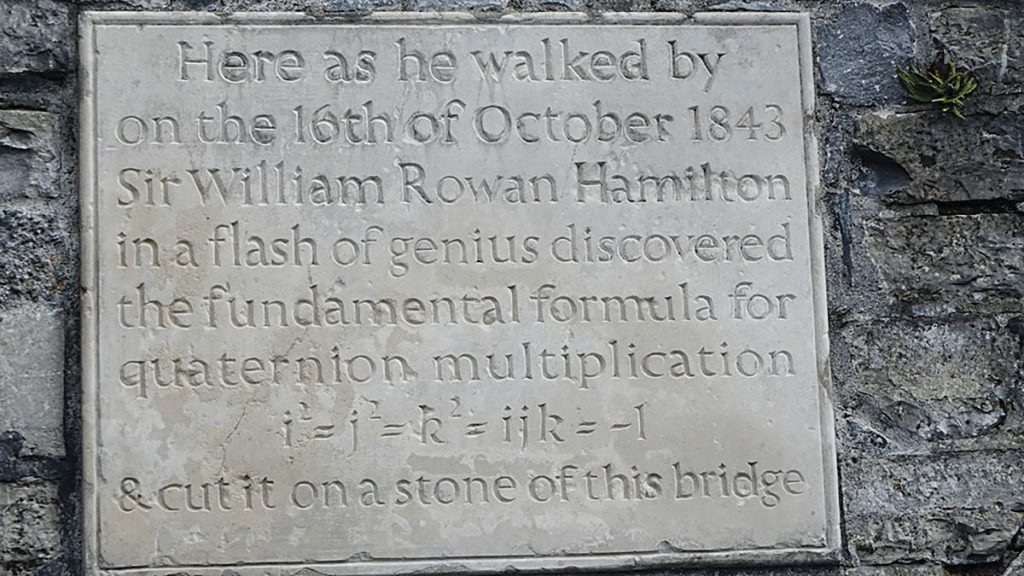
PLATE TO PIXEL
With credits spanning Spider-Man: Homecoming, Dune: Part Two and Thor: Love and Thunder, Jeannette Manifold shared her insights as Head of Studio at Crafty Apes Australia at an industry event last month on how Ireland is starting to attract larger-scale projects. “Now I can see there’s a huge opportunity, and it’s driven by the streamers,” she said. “Shows like Game of Thrones or Bodkin come to shoot here, then stay to do their post. There’s a growing talent pool. The rebate is getting higher and higher. Even Ireland, as a geographic location, has a lot of advantages – it’s close to America, close to Europe, and it’s English-speaking. There’s a lot going for it.”
There’s no shortage of ambition. Telling indigenous stories with imagination is just as important. Smaller VFX studios and boutique post houses, such as Motherland and Outer Limits, are gaining recognition for their artistic voices and innovative thinking. Having worked across bigger productions for most of two decades, Outer Limits VFX Supervisor Andy Clarke enjoys the freedom of a smaller team. “Once you go over 20/30 people, you have to lock down the pipeline. That can be constricting. I wanted to try new software, new graphics cards.” Several years ago, Clarke joined forces with Eugene McCrystal in Outer Limits, and the vibrant agency has accrued credits on Small Town, Big Story, The Surfer, Kneecap and the upcoming series How to Get to Heaven from Belfast. On the latter, they will work alongside Enter Yes™ and EGG VFX. Adds Clarke, “That’s what excites me – groundbreaking new technologies. I try to get my hands on them as soon as possible and explore where we can apply them in the storytelling process.”
While the international marketplace continues to ebb and flow, Irish companies are evolving slowly and deliberately. Alongside cert incentives, it’s technological innovation that is on track to redefine the VFX landscape there. Virtual production – covered under both iterations of the tax credit – along with AI, real-time rendering and immersive technologies, is inevitably going to impact key aspects of the screen industry. It’s a shift that creatives across the pond are not afraid to adapt to, and have a bit of craic with – a good time in Ireland – during the process. And yes, they do pour a lovely, creamy pint of Guinness.